
HTC Strikes Again July 04, 2025
🔭 How AI and Supercomputers Are Revealing the Secrets of Black Holes

🔭 How AI and Supercomputers Are Revealing the Secrets of Black Holes

Dr. Erik Wright, in his presentation “Biological Diversity at an Unfathomable Scale” at HTC25, explored how high-throughput computing and the OSPool is being used to unlock the functions of novel genes.

In the past year, 75 institutions contributed to the OSPool, setting a new record for the number of contributors.

As of February 20th, the Partnership to Advance Throughput Computing (PATh) project is now a listed resource provider for the National Artificial Intelligence Research Resource (NAIRR) Pilot Project. The PATh project provides allocatable services to support the entire life cycle of AI workloads–training data generation, training data cleaning, model training, and inference (prediction) using AI models.

This feature centers on two news updates from the Center For High Throughput Computing: The CC* (Campus Cyberinfrastructure) PI Workshop and the impacts of HTC on study of Neuroscience and Addiction.

This feature centers on news updates from the Center For High Throughput Computing; ranging from the growing HTC international community to fostering new relationships with other American institutions to centering on the ethics of throughput computing use and distribution.

Astronomers and computer scientists at the University of Hawaiʻi, Moana are unlocking the Sun’s magnetic mysteries with the help of cutting-edge data caching and transfer applications provided by the Pelican Project and the Open Science Data Federation (OSDF).
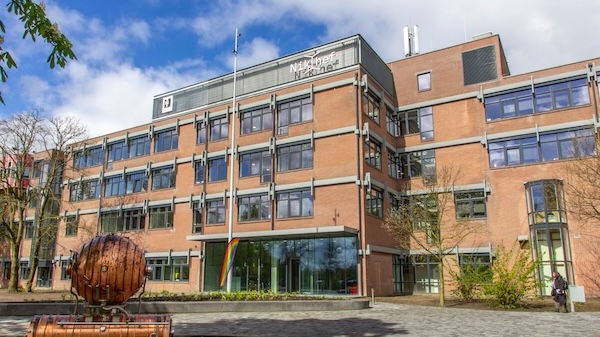
The 2024 European Autumn HTCondor Workshop set out to grow a community with HTCondor users and developers and to advance scientific research endeavors.
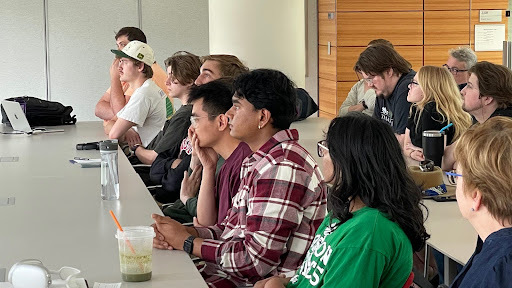
Story on the inaugural 2024 CHTC Fellows Program was designed to immerse undergraduate and graduate students in the world of high throughput computing.
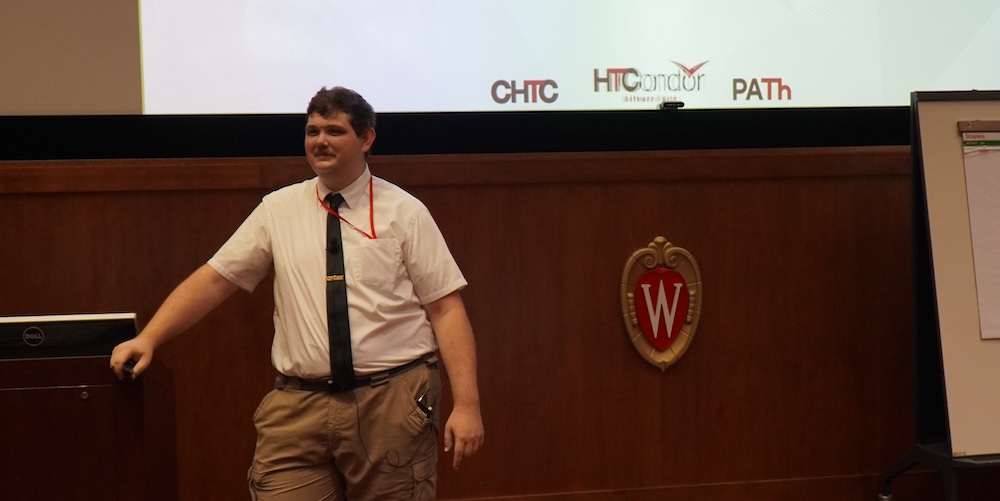
“As a software developer, I could be working at a large tech firm or at Facebook or Google to create a new obscure feature that a few people interact with and feed the pockets of millionaires. Instead, I’m helping the scientific community. It feels awesome, important, to be a part of something like that” -Cole Bollig
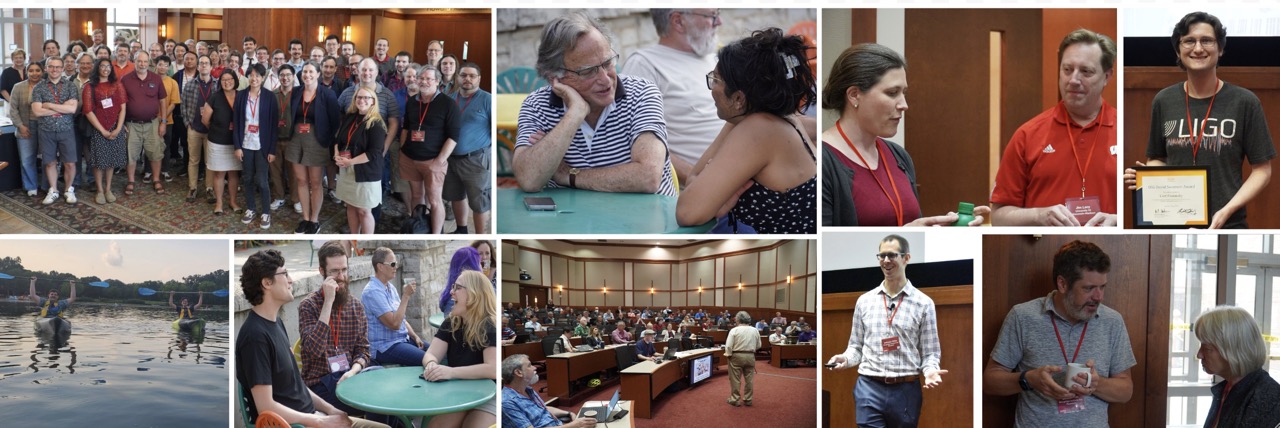
Throughput Computing Week 2024 Brings Together the HTC Community
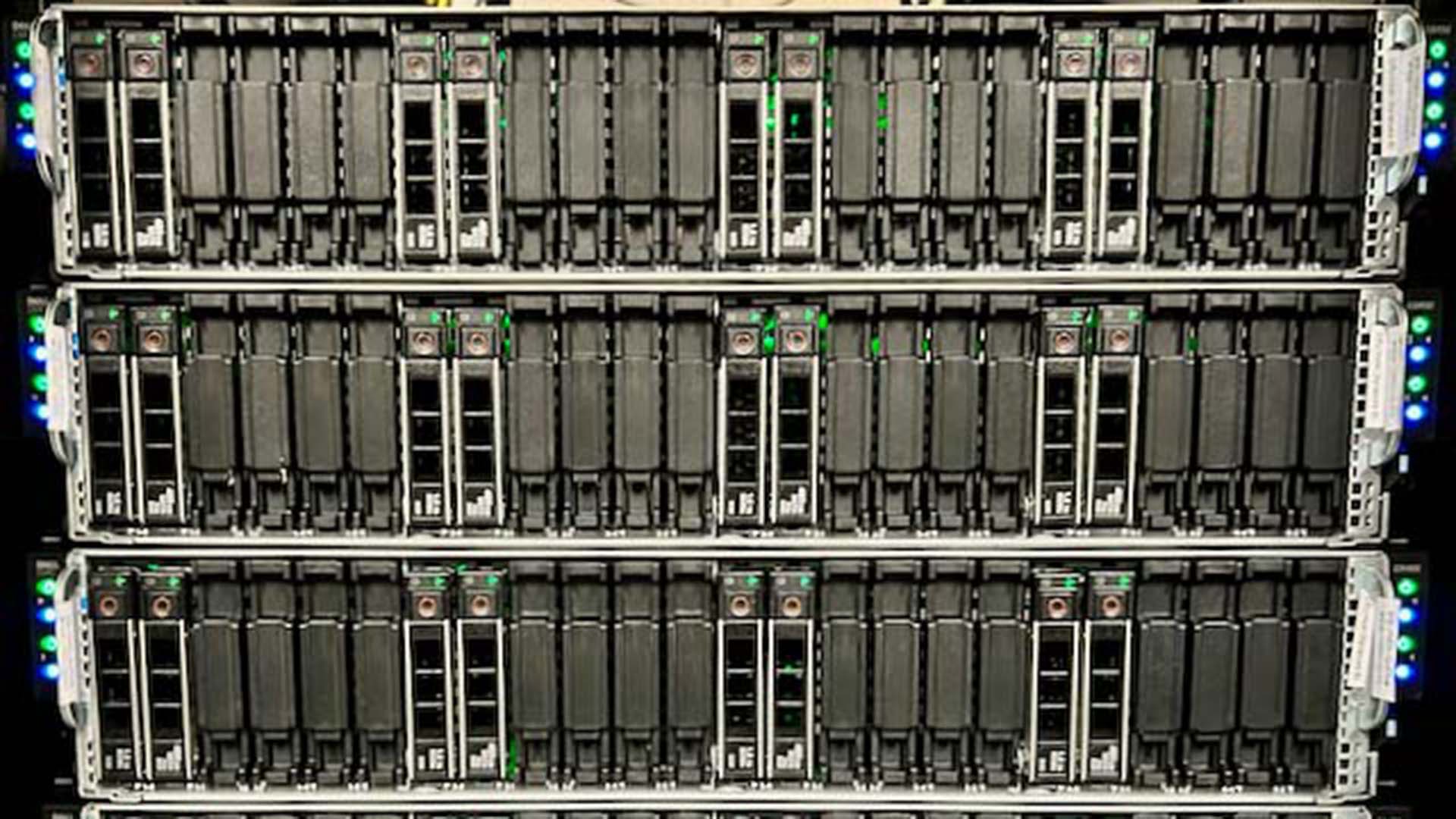
Since 2022, the Partnership to Advance Throughput Computing (PATh) Facility has provided dedicated high throughput computing (HTC) capacity to researchers nationwide. Following a year of expansion, here’s a look into the researchers’ work and how it has been enabled by the PATh Facility.
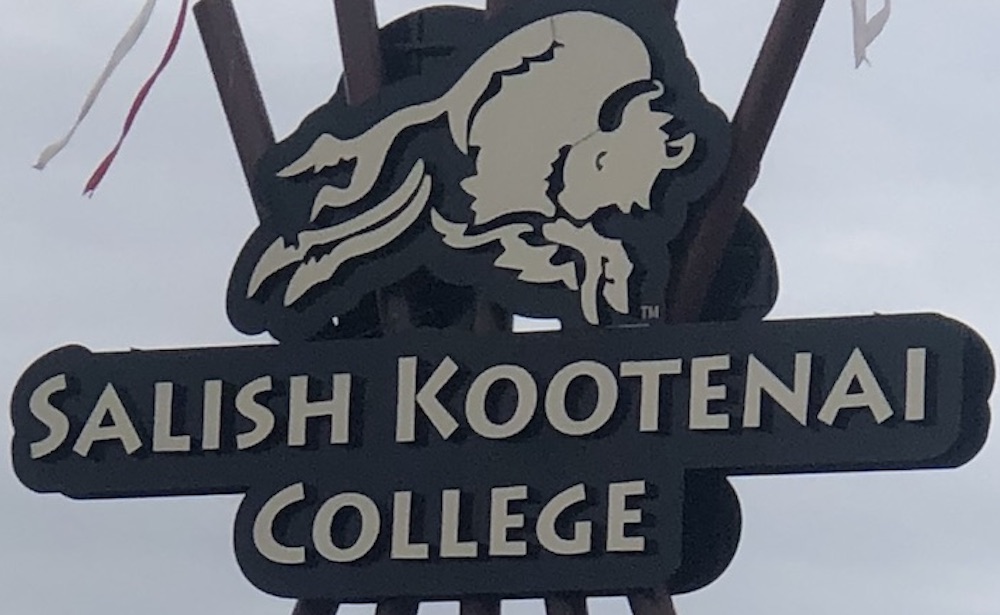
Salish Kootenai College and CHTC take steps toward bringing underrepresented communities to cyberinfrastructure.
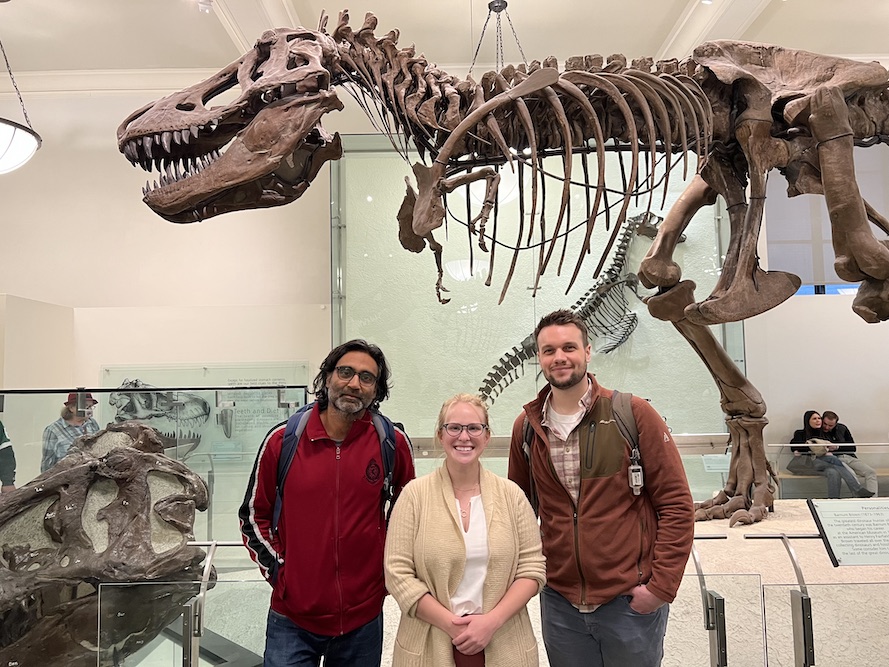
With a multi-day workshop, the museum strives to expand the scale of its educational and training services by bringing additional computing capacity resources to New York-area researchers and tapping into the power of high throughput computing (HTC).

Advancing Open Science: The Pelican Project’s Pursuit of Universal Data Accessibility
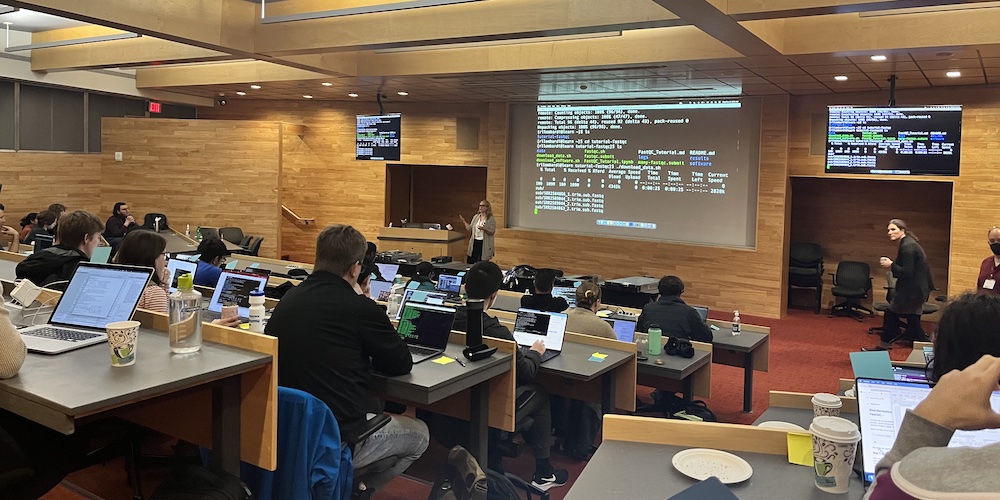
On November 8, CHTC hosted a hands-on workshop for researchers new to high throughput computing (HTC) or high performance computing (HPC).
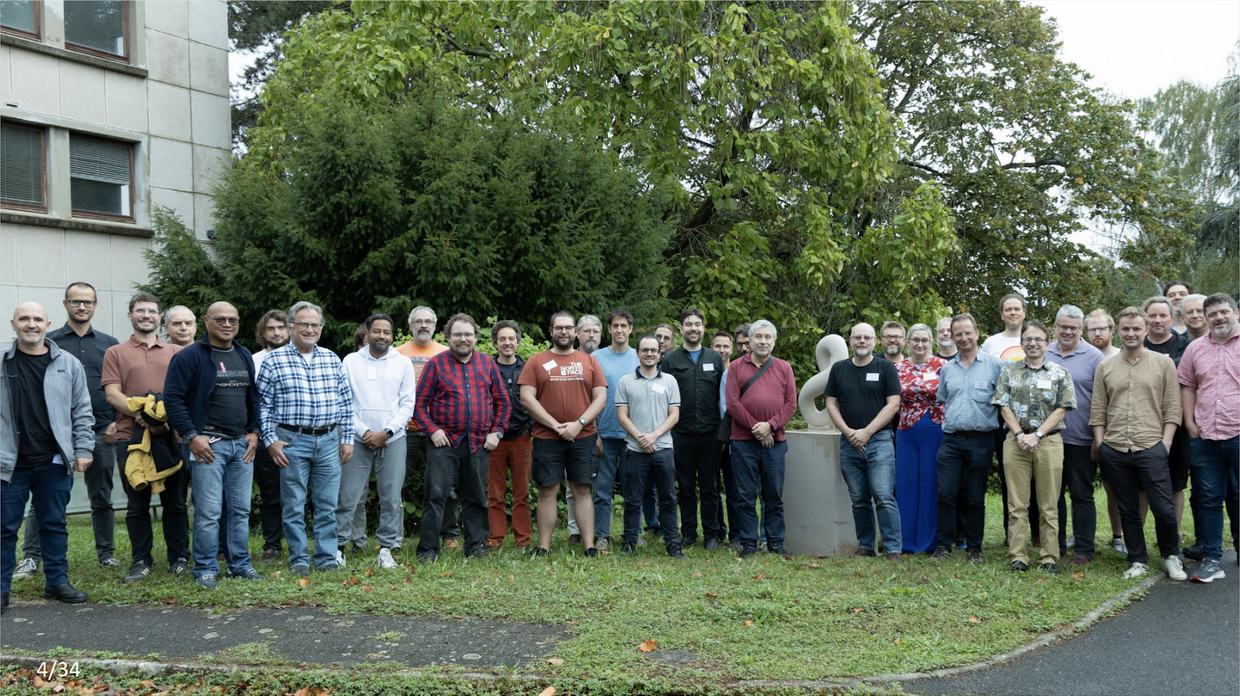
The ninth 2023 HTCondor European Workshop occurred in Orsay, France, September 19-22

On April 25th, UW-Madison broke ground on the new School of Computer, Data & Information Sciences and CHTC’s new home.

During her two year tenure with the Morgridge Institute for Research - Research Computing lab, Hannah Cheren made significant science writing contributions and along the way changed the direction of her life.
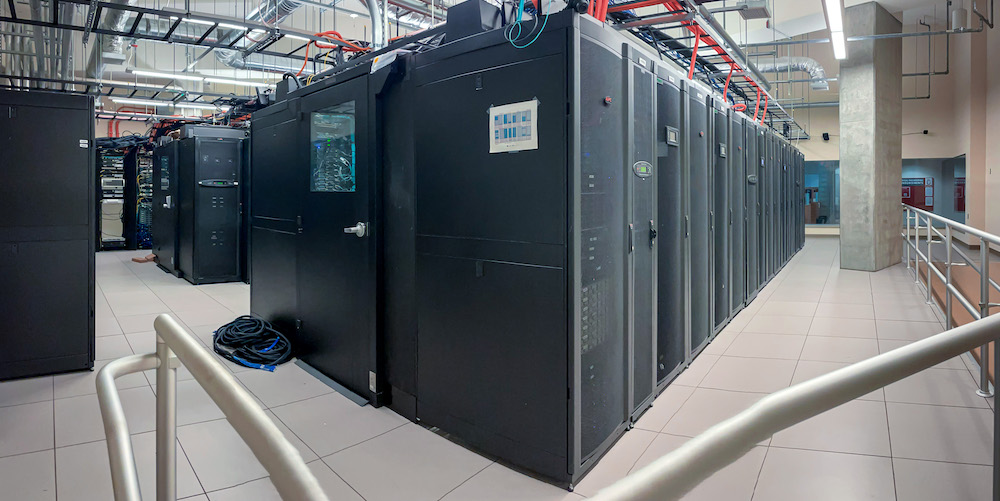
HTCondor Core Developer Greg Thain spoke to UW faculty and researchers about research computing and the missions and goals of the Center for High Throughput Computing (CHTC).
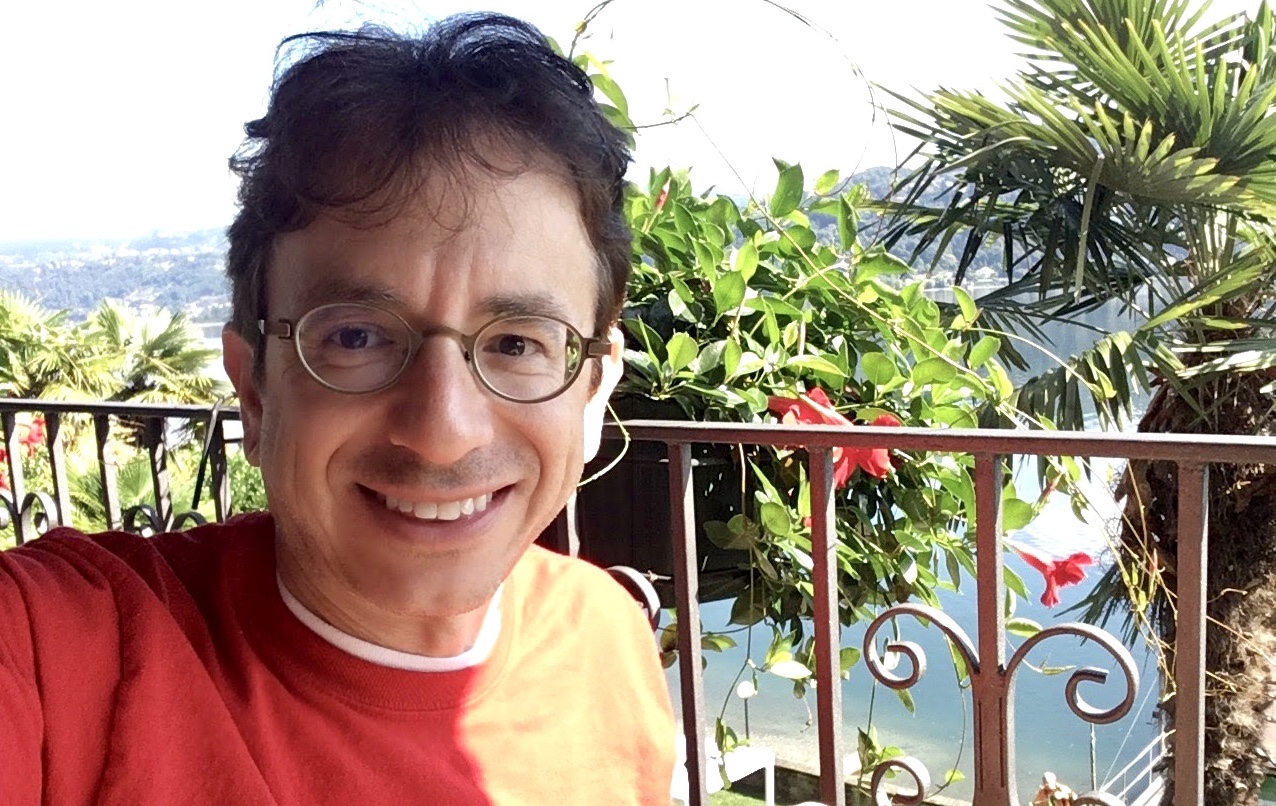
Staff profile of the HTCSS Software Lead, Todd Tannenbaum.
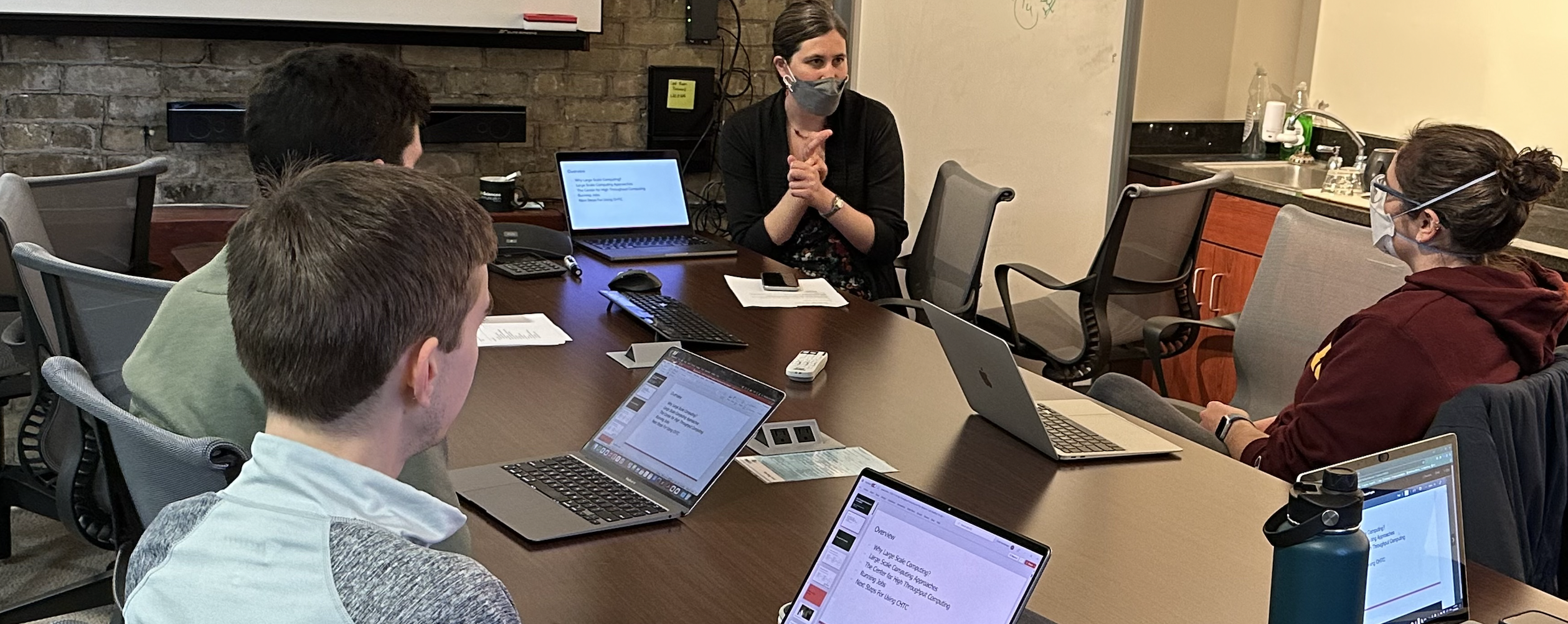
Students and researchers acquire high-throughput computing knowhow from CHTC led demonstrations.

Campuses contributing to the capacity of the OSPool led to record breaking number of cores this December, 2022. On December 9th, the OSPool, which provides computing resources to researchers across the country, crossed the 70,000 cores line –– for the very first time.
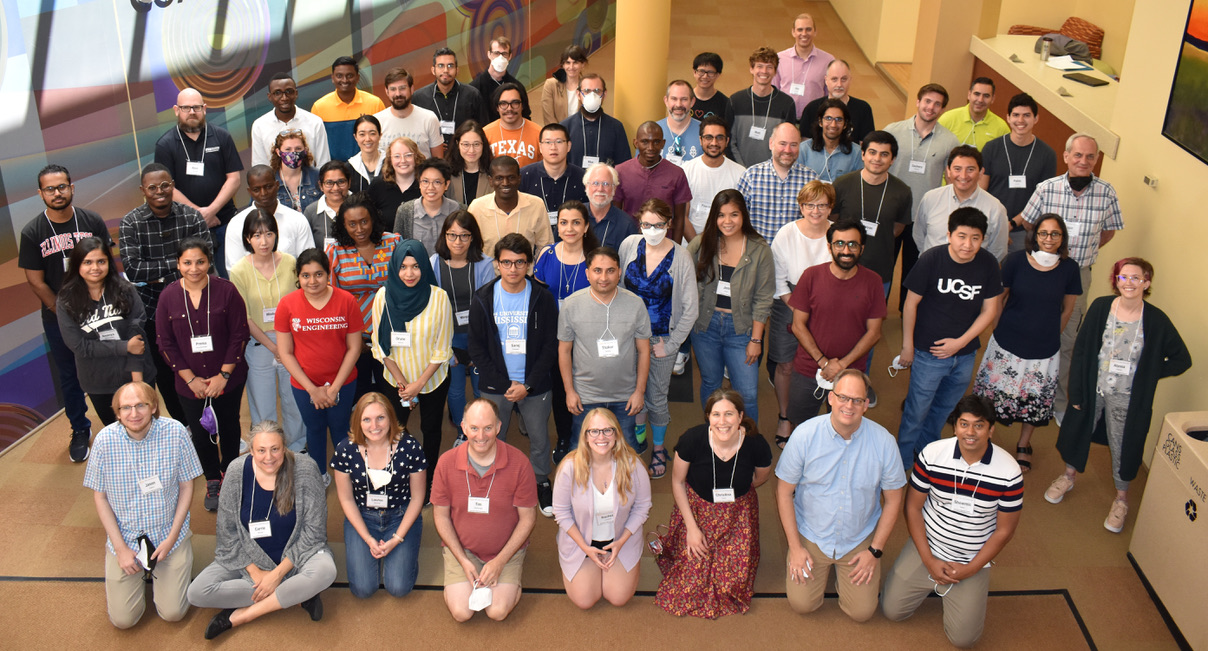
The OSG User School student lightning talks showcased their research, inspiring all the event participants.
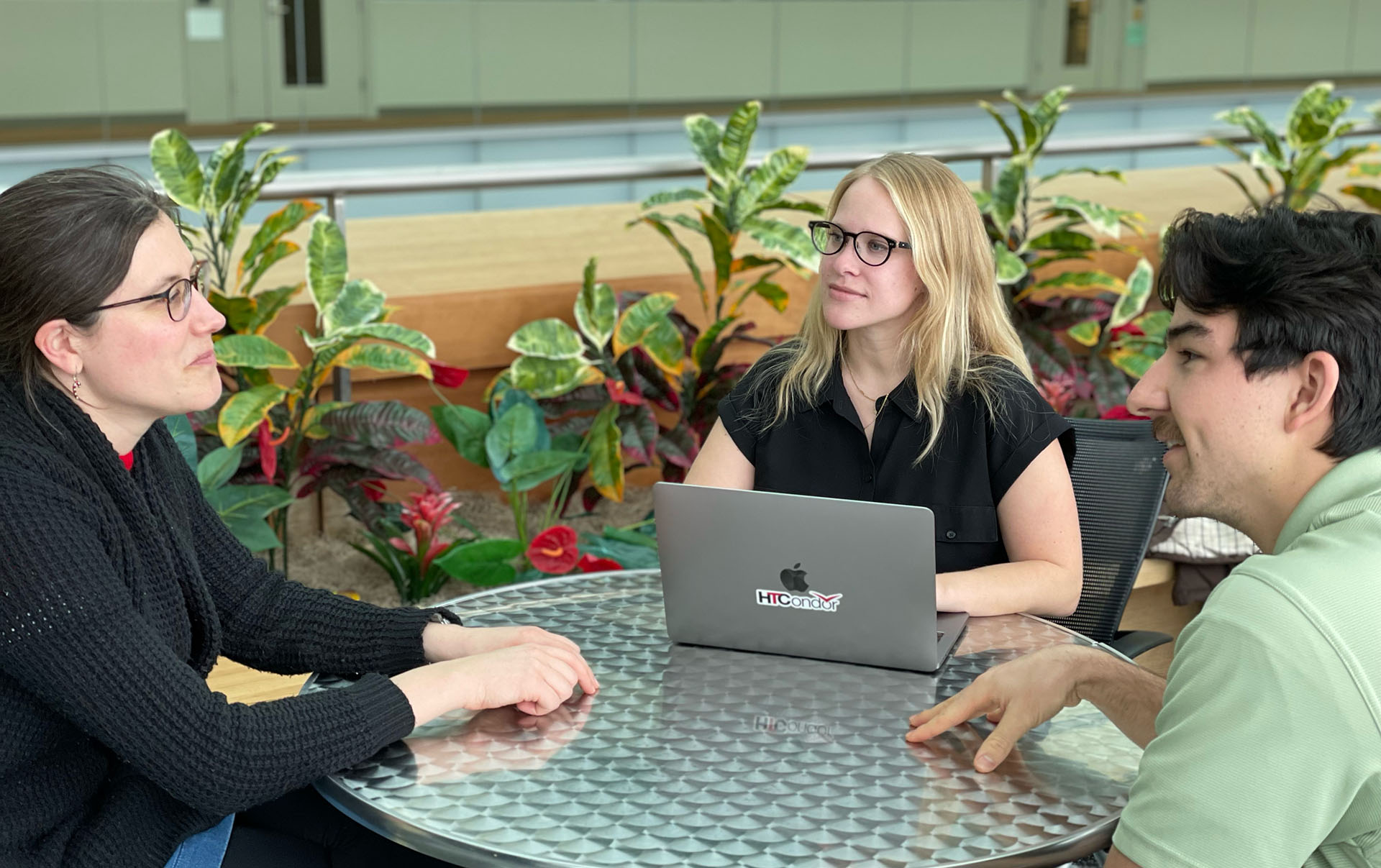
After adding Research Computing Facilitators in 2013-2014, CHTC has expanded its reach to support researchers in all disciplines interested in using large-scale computing to support their research through the shared computing capacity offered by the CHTC.
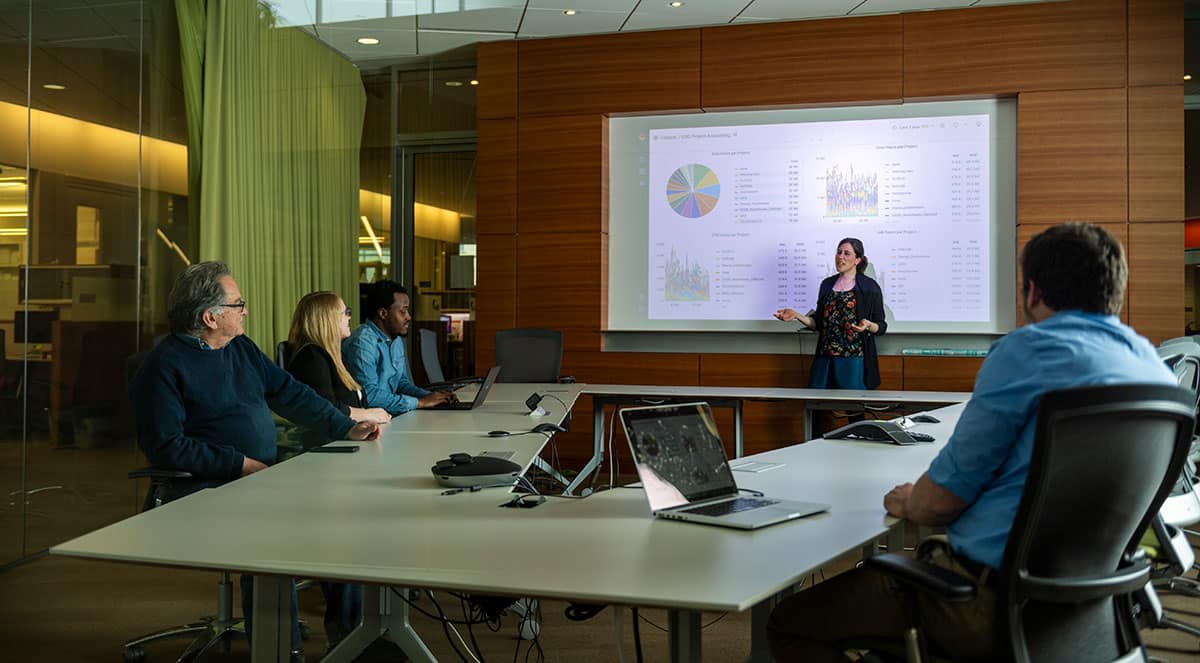
The Center for High-Throughput Computing (CHTC), a joint partnership of UW-Madison School of Computer, Data & Information Sciences and the Morgridge Institute, sees this onslaught of data and says: Bring it on.
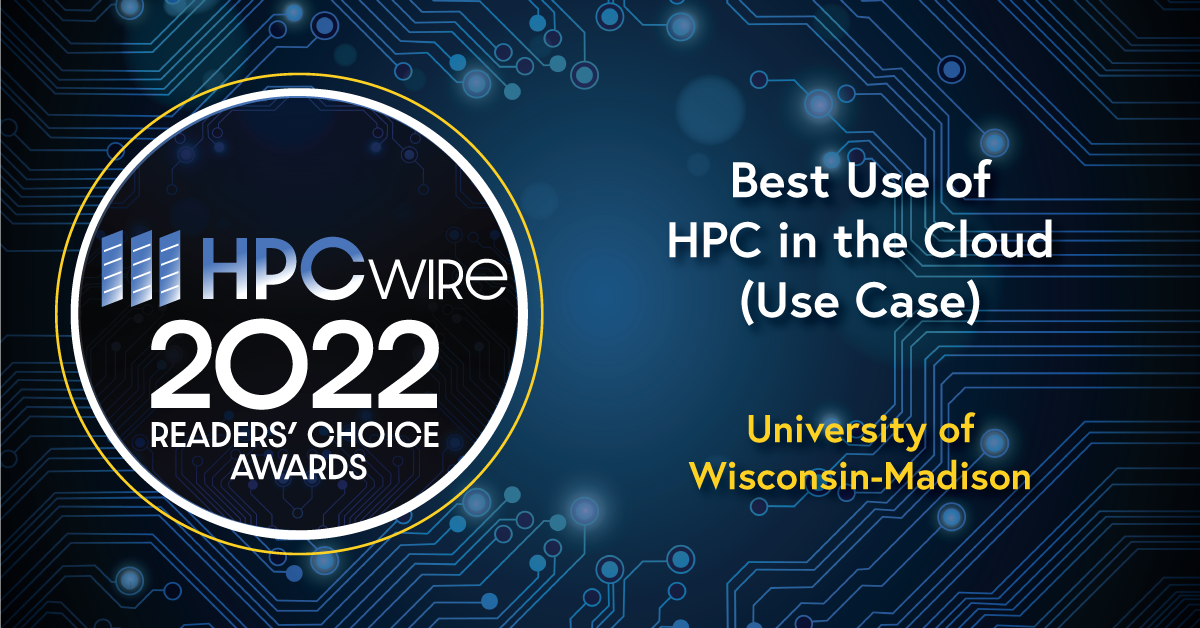
The UW-Madison Center for High Throughput Computing’s (CHTC) collaboration with the San Diego Supercomputer Center on the IceCube Neutrino Observatory received recognition with the HPCwire 2022 Readers’ Choice Award for Best Use of High Performance Computing (HPC) in the Cloud (Use Case).

The Center for High Throughput (CHTC) users continue to be hard at work smashing records with high throughput computational workloads. On October 20th, more than 240,000 jobs completed that day, reporting a total consumption of more than 710,000 core hours. This is equivalent to the capacity of 30,000 cores running non-stop for 24 hours.
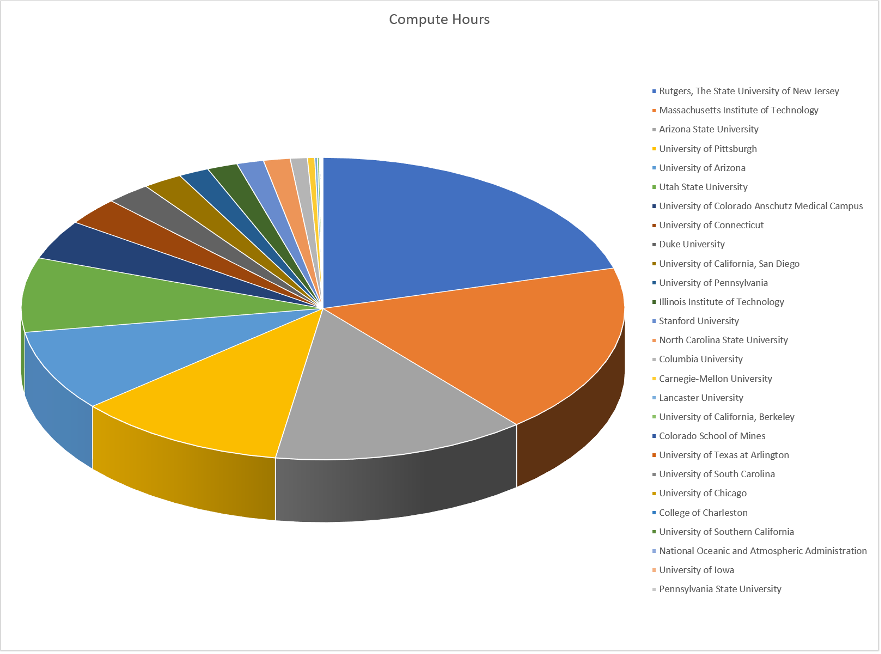
UCSD announces the new PATh Facility and discusses its impact on science.

Summary of Corissa Runde’s article from the UW-Madison Department of Information Technology website.
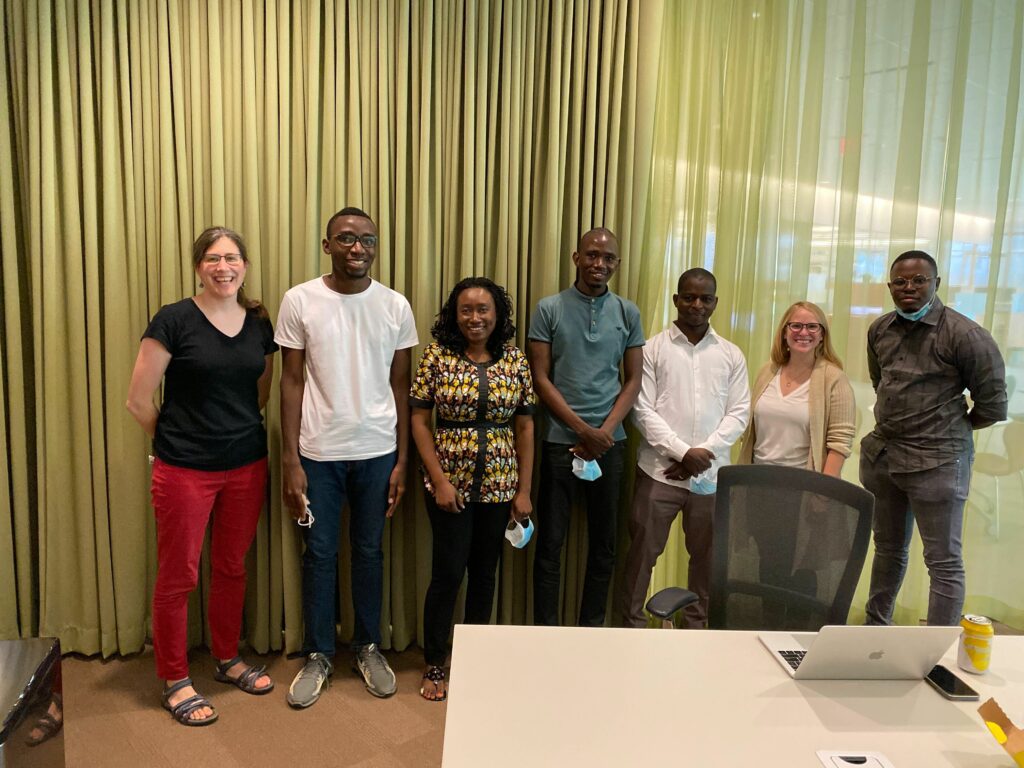
This past July, the OSG User School 2022 welcomed students from across the globe to learn how to use high-throughput computing (HTC) in their scientific research. This year five students from Makerere University in Uganda and the University Of Sciences, Techniques, and Technologies of Bamako in Mali, Africa, participated as a part of The U.S. National Institute of Allergy and Infectious Diseases (NIAID) and the African Centers for Excellence in Bioinformatics and Data-Intensive Science (ACE) partnership program.
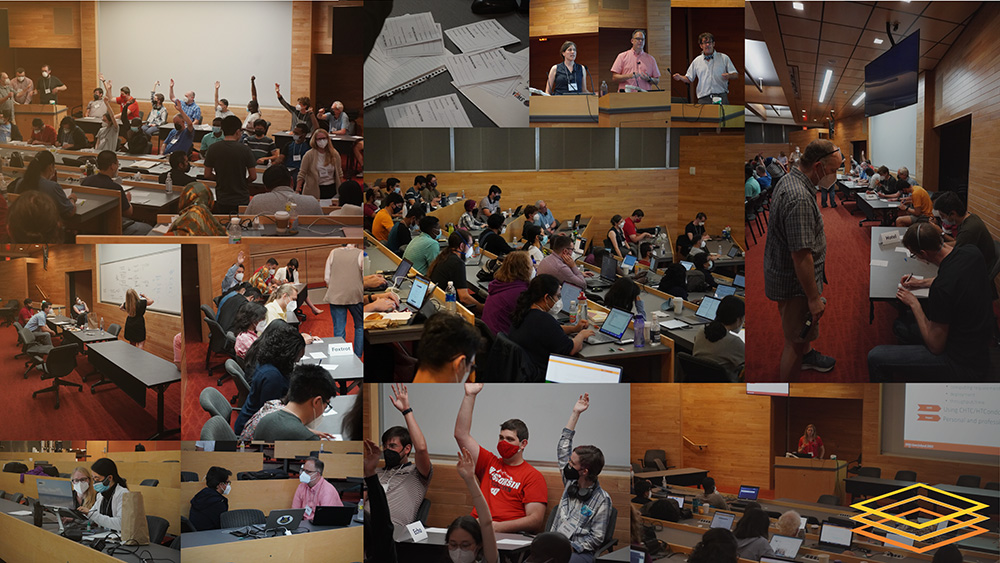
After a week of participating in the OSG User School 60+ students are being released to use impact research across the globe. In this one week event, students learn to run large-scale computing workloads at their campus or using the national-scale OSPool provided by the OSG Consortium.
May 1, 2022 officially marked the retirement of OSG 3.5, GridFTP, and GSI dependencies. OSG 3.6, up and running since February of 2021, is prepared for usage and took its place, relying on WebDAV and bearer tokens.
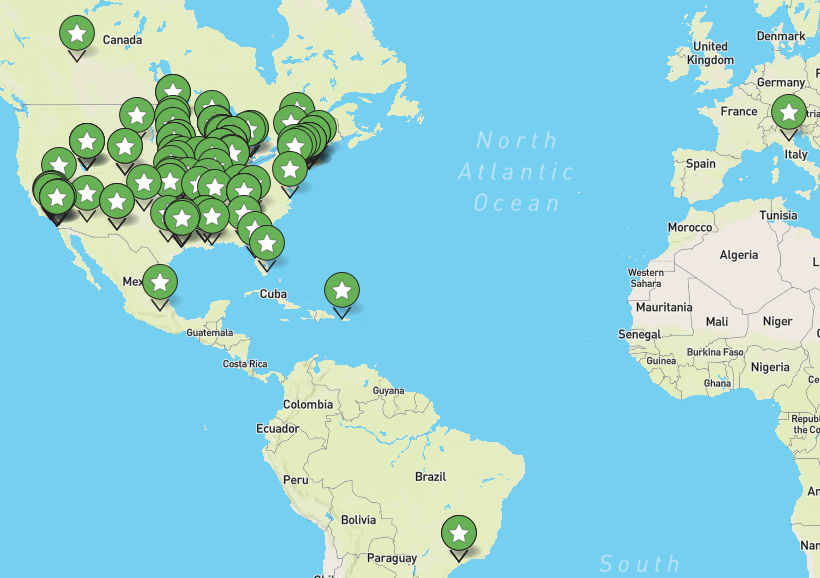
The OSPool processed over 2.6 million jobs during the week of April 14th - 17th this year and ran over half a million jobs on two separate days that week.

Researchers can now request credits on the PATh Facility, the PATh project’s new service intended for distributed high throughput computing workflows supporting NSF science.
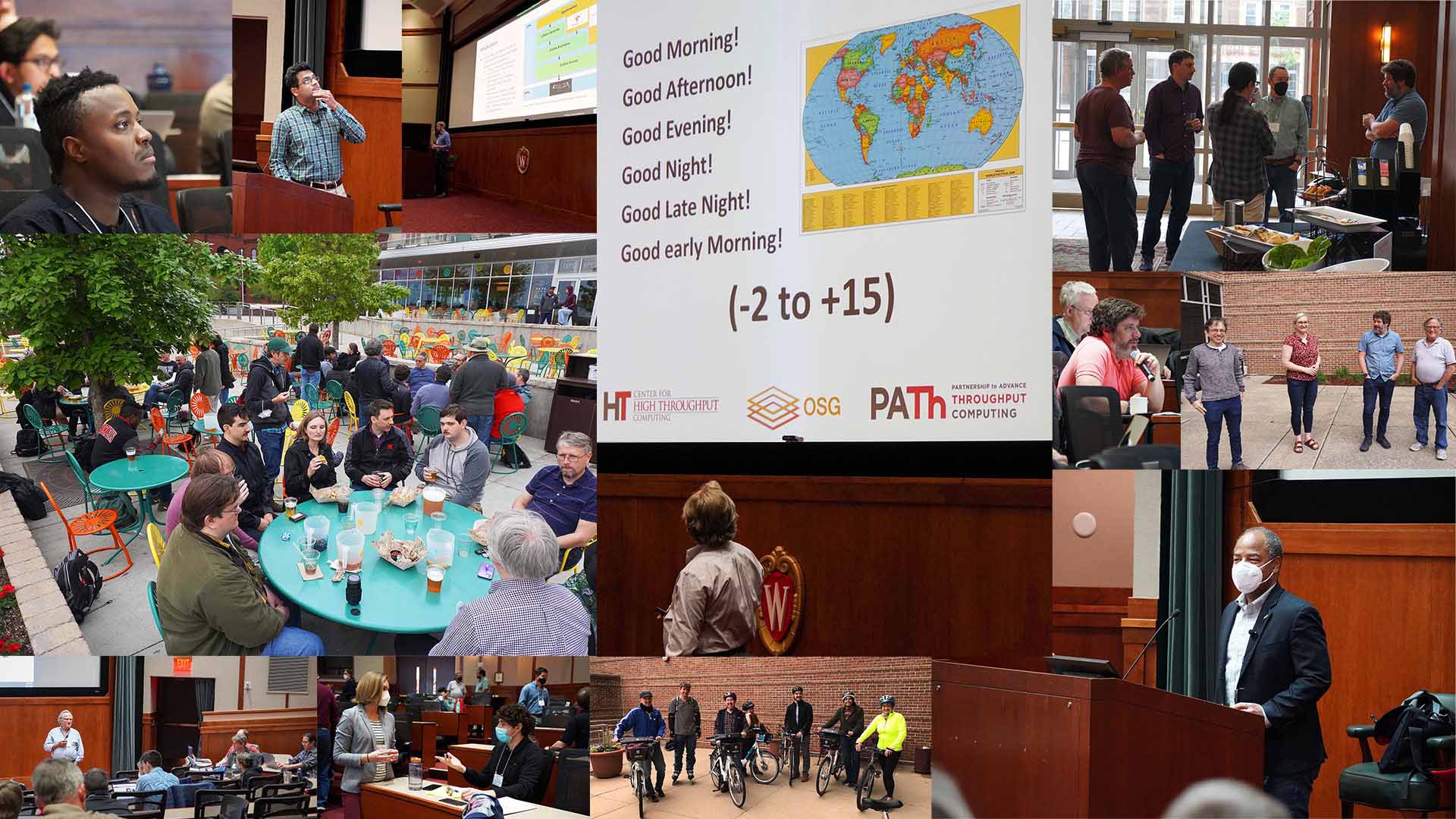
HTCondor Week 2022 featured over 40 exciting talks, tutorials, and research spotlights focused on the HTCondor Software Suite (HTCSS). Sixty-three attendees reunited in Madison, Wisconsin for the long-awaited in-person meeting, and 111 followed the action virtually on Zoom.
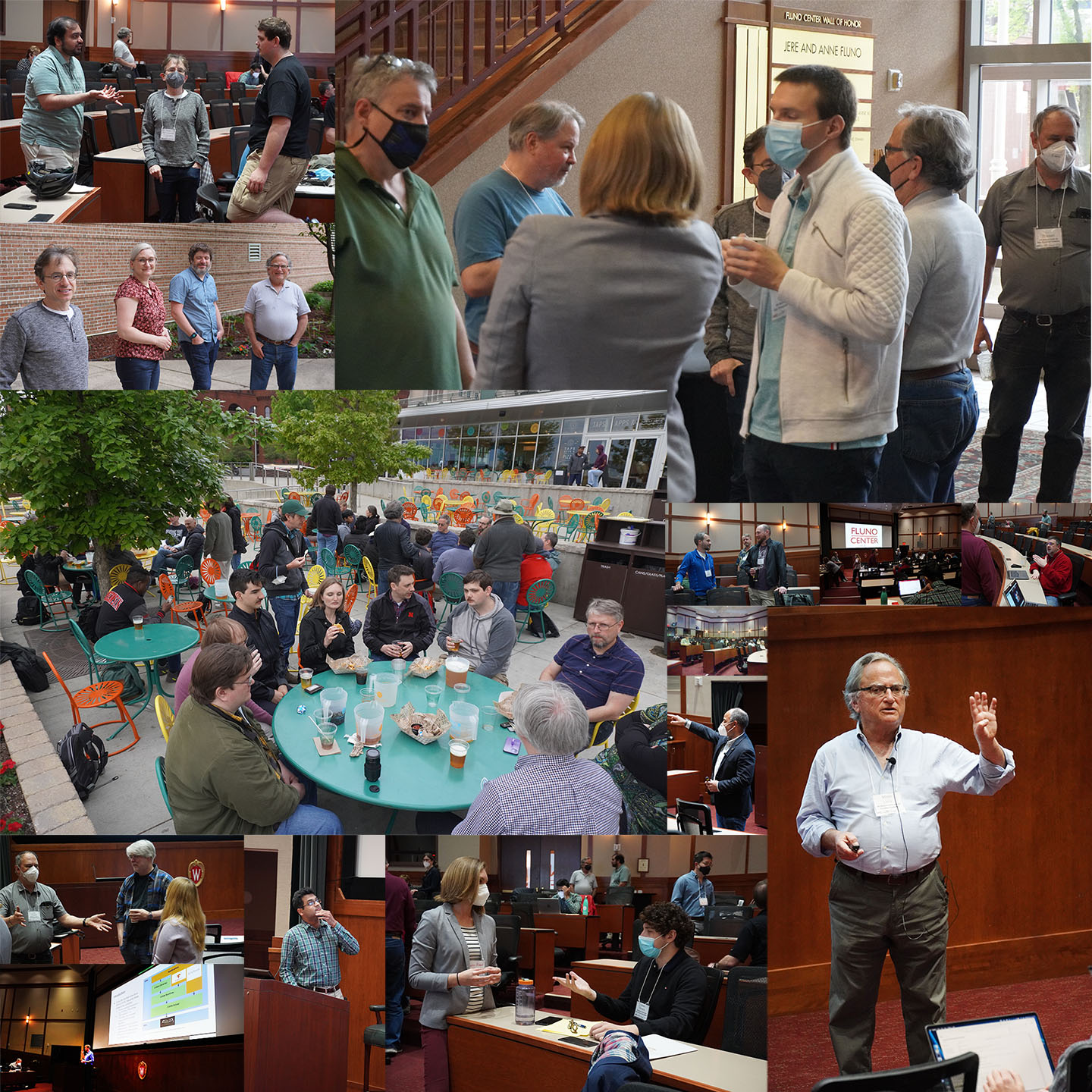
Thank you to all in-person and virtual participants in HTCondor Week 2022. Over the course of the event we had over 40 talks spanning tutorials, applications and science domains using HTCSS. We hope to see you next year!
Connor Natzke was awarded the 2022 David Swanson Memorial Award at the March OSG All-Hands Meeting. The memorial was established to honor our late colleage David Swanson who contributed to campus research across the country.
In March, 251 OSG users, resource providers, and staff convened virtually for the OSG All-Hands Meeting 2022. This article provides a brief summary of the talks and discussions that took place, and includes links to the video recordings of all talks.
Campus Cyberinfrastructure Award Recipients Power the OSG and contributed over 349 million core hours to researchers using distributed high throughput computing (dHTC).
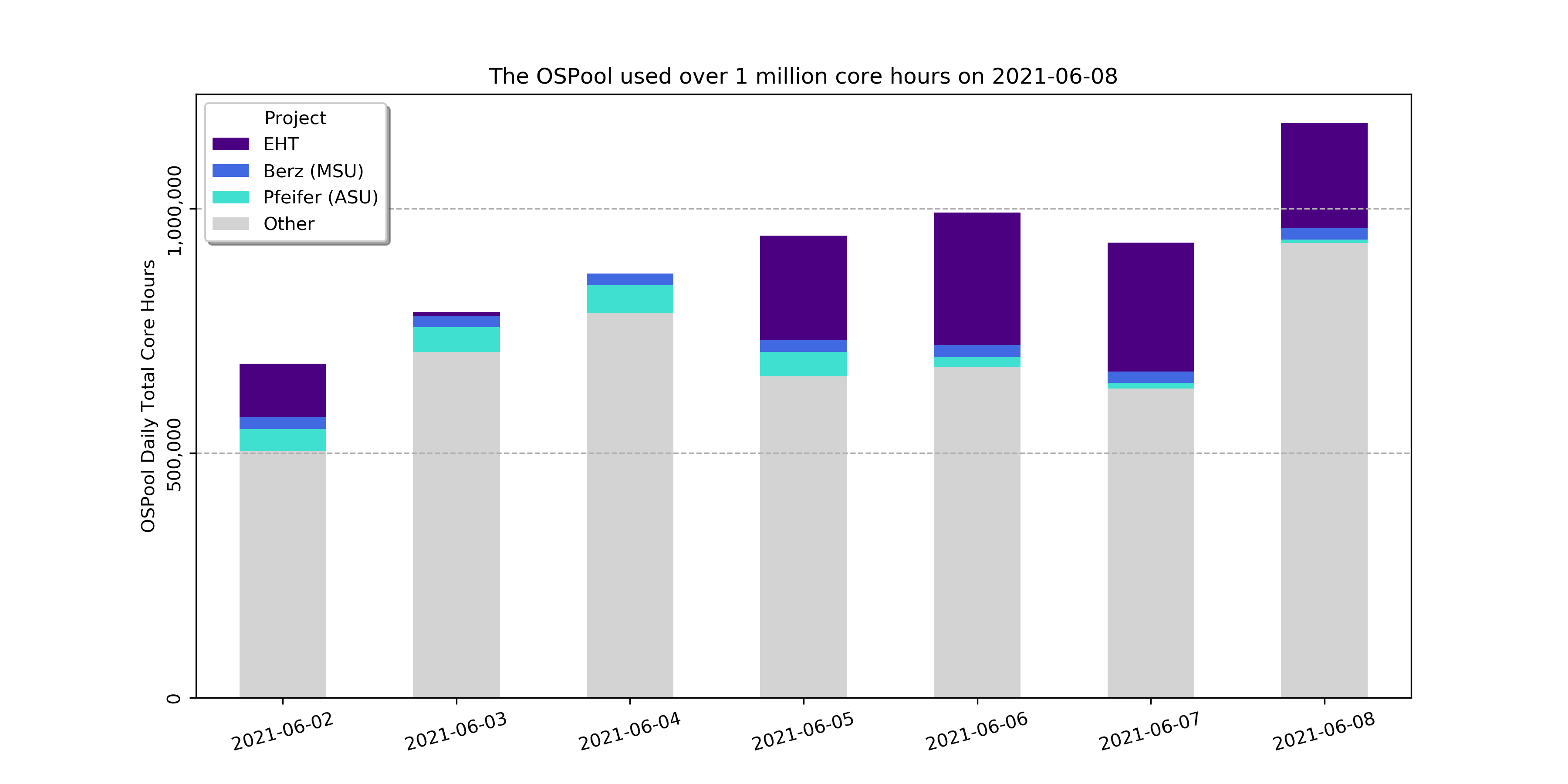
Researchers utilizing the OSPool are racking up record-breaking numbers. On June 8, the OSPool, which provides computing resources to researchers across the country, went over 1.1 million core hours –– a daily record number. To put this in perspective, one million core hours is equivalent to using 42 thousand cores in just one day. That is close to half the size of some large supercomputing centers. In short, an increasing number of researchers are utilizing the OSG to carry out an incredible amount of computing.
Save the date and register now for another Campus Workshop on distributed high-throughput computing (dHTC) February 8-9 offered by the Parternship to Advance Throughput Computing (PATh).
The PATh project offers technologies and services that enable researchers to harness through a single interface, and from the comfort of their “home directory”, computing capacity offered by a global and diverse collection of resources.
MADISON - David O’Connor, professor at the UW School of Medicine and Public Health, reports that recent advances in genetic sequencing of viruses makes it possible to track the spread of SARS-CoV-2 throughout communities in Wisconsin.
MADISON — Recognizing the University of Wisconsin-Madison’s leadership role in research computing, the National Science Foundation announced this month that the Madison campus will be home to a five-year, $22.5 million initiative to advance high-throughput computing.
The high throughput computing capabilities provided by HTCondor and the OSG Consortium’s Fabric of Services have a rich history of advancing all domains of research. From detecting gravitational waves caused by ancient black hole collisions, to hunting viral variants of COVID-19 –– browse the collection of articles below to discover just what’s possible with high throughput computing.